First Look Review: Universal Audio Volt 2 and Volt 276 interfaces
Universal Audio’s new Volt series audio interfaces made big headlines when they were announced a few months ago. After all, the American manufacturer wasn’t exactly known for budget-friendly recording gear until then. But affordable audio interfaces for home recording, podcasting and streaming are in great demand, and like fellow recording icon SSL, UA wants a piece of that cake. The company says that the new Volt interfaces are deeply rooted in UA’s analog heritage. Let’s find out if they deliver on that promise.
Universal Audio Volt audio interfaces – Standout Features
- Good selection of I/O
- 24bit 192kHz converters
- Analogue 1776 style tracking compressor on 76 series models
- USB Bus Powered
- Clear input and output level meters
Universal Audio Volt audio interfaces
When you hear the name Universal Audio, chances are that the first thing that comes to your mind is iconic analog hardware like the famous 1176 Limiting Amplifier and LA-610 channel strip. The company is also well known for the high-priced audio interfaces of the Apollo series, which, thanks to their DSP chips, serve as the platform for UA’s extensive library of UAD plug-ins.
But in the fall of 2021, the company surprised us with no less than five new USB-C interfaces that cost a fraction of the manufacturer’s other offerings. Besides the Volt 1 and Volt 2, the line-up includes the Volt 176, Volt 276 and Volt 476 models. There’s also a couple of “Studio Packs” based on the Volt 2 and Volt 276, which include condenser microphones and headphones in addition to the interfaces. All feature 24 bit / 192 kHz converters, which has become the standard even in this segment.
Volt Series Differences
The first thing that sets the various models apart is the number of inputs and outputs. The Volt 1 and Volt 176 each offer one XLR/TRS combo input with a preamp for microphone, line and instrument signals, while the Volt 2 and Volt 276 have two of these. The Volt 476 offers an extra pair of line inputs on the rear panel.
In terms of outputs, the Volt 1, Volt 176, Volt 2, and Volt 276 all offer just one pair of monitor outputs and a headphone jack. The Volt 476 is the only one with more outputs, featuring two stereo line outs and an additional stereo monitor out. There’s no digital I/O on the Volt series.
These I/O configurations are right along the lines of most other inexpensive desktop interfaces for home recording, podcasting, streaming and mobile recording. This means that UA is really going head to head against Focusrite, PreSonus, Steinberg, and Behringer.
Then, there’s the difference between Volt 1 and 2 on the one hand and Volt 176, 276 and 476 on the other. The abbreviation “76” already provides a clue as to what it’s all about. The 76 models contain an integrated analog tracking compressor based on the circuitry of the 1176. It can be activated at the push of a button for each mic/line input and features several presets. This means that you can add analog compression to control the dynamics of the signal during recording, which is not something many other interfaces in this price range offer (in fact, I can’t think of any that do). That’s why I’m especially curious about the Volt 276.
For this review, Universal Audio has kindly sent us the Volt 2 and Volt 276 interfaces. So let’s find out whether the manufacturer’s first budget interfaces live up to the expectations.
Unboxing and connecting
Freed from their boxes, both interfaces make a great first impression. The metal housings look and feel reassuringly solid. The Volt 276 looks especially fancy thanks to its wooden side panels. Another major difference between the 1/2 and the 176/276/476 in terms of looks and usability: On the 76 models, most of the controls are located on top. This means that the 176, 276 and 476 are a bit more convenient to operate, as you don’t have to fiddle with small controls on the front panel.
But let’s continue for now and connect the interfaces. Both variants come with a USB-C to USB-A cable and a power cable that has a USB-A plug at one end and a DC connector at the other. While the Volt series interfaces are USB bus powered, the extra power cable allows you to hook them up to a standard USB power supply. This is needed for use with iOS devices, which don’t supply the required power over USB. For whatever reason, UA doesn’t supply cables for connecting the interfaces directly to a USB-C port on your computer (only USB-A), so you’ll need to purchase those separately. A bit of a weird choice for a series of new USB-C audio interfaces, if you ask me.
The Volt series is USB class compliant, which means no driver software is required. On my 2019 iMac, both interfaces worked straight out of the box. They also worked flawlessly on my 2018 iPad, although this requires an Apple Lightning to USB adapter and a separate USB power supply.
UA Volt 2: Tried-and-true configuration
With its two inputs and two outputs, the UA Volt 2 follows the most popular interface configuration for home recording, singer/songwriters, mobile recording, streaming and podcasting. Direct competitors include the hugely popular Focusrite Scarlett 2i2, Motu M2, Steinberg UR22C, Arturia MiniFuse 2, and Tascam US-2x2HR, all of which are very similar in terms of I/O and price.
In order to gain a foothold in this highly competitive segment, Universal Audio puts a strong emphasis on its analog heritage. Not only do the built-in preamps supposedly give the interface the “best audio quality in its class”; they also feature a switchable Vintage Mode which, according to UA, emulates the tube circuitry of the Universal Audio 610. Vintage Mode, by the way, isn’t just for microphones. You can also use it to color line and instrument signals when using the 1/4” inputs.
Straightforward and Immediate
In addition to the two XLR-TRS combo inputs, the front panel offers two gain knobs, two buttons for activating Vintage Mode per channel, and two buttons that turn the 1/4” jacks into Hi-Z inputs for electric guitars and basses. There is also a button for phantom power, which can only be activated for both XLR inputs simultaneously.
The monitoring section on the right hand side offers a large volume knob for the rear monitor outputs and a headphone output with separate volume. The Direct button sends the input signals directly to the monitor outputs and headphones for latency-free monitoring. As there’s no full-fledged monitor mixer, UA has come up with a simple, yet practical solution for handling mono and stereo signals: By pressing the button once or twice, you can select whether the two input channels should be panned to the left and right or summed in the center.
Next to the two gain knobs are two tiny LED level meters with two LEDs per input. While they do provide an indication of the presence of an input signal and help to spot clipping, they’re far too inaccurate for precise adjustments. For setting the input levels accurately, you’ll find yourself looking at the input channels in your DAW.
Vintage Mode: Emulation of the UA 610 Preamp
I took the UA Volt 2 to the test and recorded some vocals and voice-overs, and I was quite pleased with the results. Even with Vintage Mode turned off, the preamps sound great and are without a doubt among the best in this class. With Vintage Mode activated, the sound becomes a bit fuller and rounder – some would probably call it “warmer”. But the difference isn’t huge – don’t expect everything to suddenly sound impressively fat and analog when you press the Vintage button. It’s more like another sonic option that pairs well with certain microphones and voices. Vintage Mode is also excellent for guitar, bass, and synthesizers.
Otherwise, the UA Volt 2 delivers exactly what you’d expect from this type of interface. It’s quick to set up, easy to use, handles a wide variety of input signals very well, sounds excellent, and offers straightforward, latency-free monitoring. The integrated MIDI interface is a welcome addition for anyone working with synthesizers. If you’re in the market for a no-nonsense 2-in/2-out audio interface with a great audio quality and don’t need the built-in compressor of the 76 models, the Volt 2 is an excellent choice in this segment.
UA Volt 276: How about a bit of ’76?
Much of the Volt 276 is exactly the same as the Volt 2 except you gain another sound enhancer from UA’s bag of tricks. Pressing the 76 Compressor button activates an analog tracking compressor based on the circuit of the iconic 1176 Limiting Amplifier. By pressing the button several times, you can choose from three presets: Vocal, Guitar and Fast.
That’s it for adjustability, you can’t even control the amount of compression. Nevertheless, the 76 Compressor is a very useful addition, because the three presets are quite musical and lend themselves to a wide range of applications. Vocal Mode provides gentle compression with fast attack and long release times, which is equally suitable for vocals and voiceovers. Guitar Mode has a longer attack time and a comparatively short release. This preserves the transients of guitar and bass. Fast Mode features a fast attack and a medium release for more aggressive compression.
The compressor not only helps to keep the dynamics in check during recording. It also adds a good amount of punch and “mojo” to the signal, which is fun and encourages better performances. The compressor is great for voiceovers, podcasting or streaming; post-processing is unnecessary or at least much quicker in many cases.
I did notice that the compressor does add a little bit of noise. All three compressor modes have a tiny bit of audible background noise, which is proof that the circuitry is actually analog. However, it isn’t strong enough to present a problem in most cases.
Premium Design
Another practical advantage of the Volt 276 that shouldn’t be underestimated is the higher resolution of the level meters. Compared with Volt 2, the 276 offers much more precise input and output meters with 5 LEDs per channel. This makes it much easier to spot level issues at a glance.
So is the Volt 276 worth the higher price? Absolutely, in my opinion. The audio interface is more ergonomical to use (the large monitor volume knob alone is worth every penny!) and offers the great advantage of the integrated compressor. Personally, I’d probably go for the Volt 476, which is even more versatile due to the additional line inputs and outputs.
Conclusion
Universal Audio’s debut in the budget audio interface category is definitely a success. Great sound quality thanks to the Vintage Mode preamps and integrated analog compressor. While they’re priced slightly higher than the direct competition, they’ll cost you far less than UA’s other interfaces. Looking for an inexpensive, but high-quality interface for recording, podcasting or streaming? Then the UA Volt series is an excellent choice.
Prices and data
The Universal Audio Volt 1, Volt 2, Volt 176, Volt 276 and Volt 476 audio interfaces are available at Thomann*.

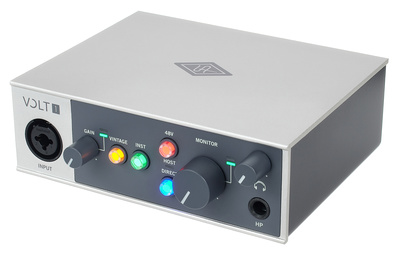

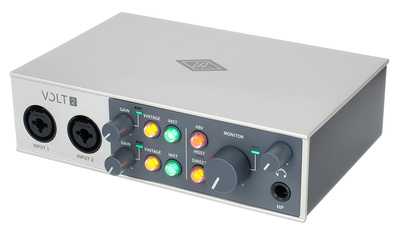

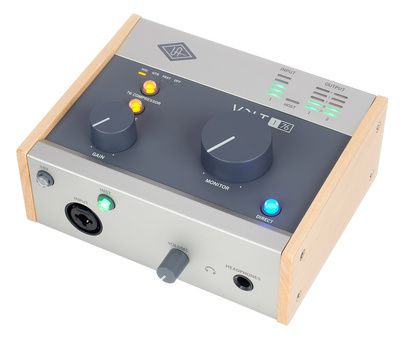

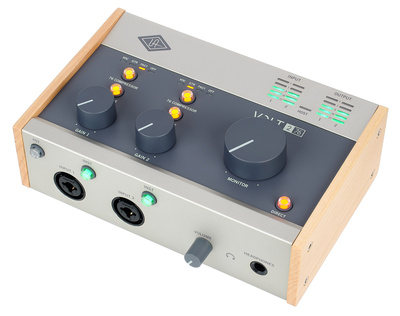

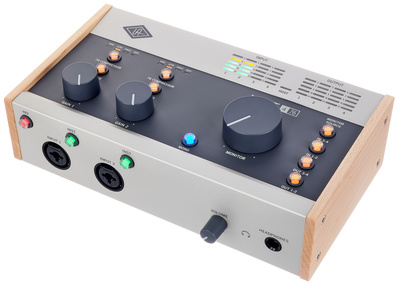

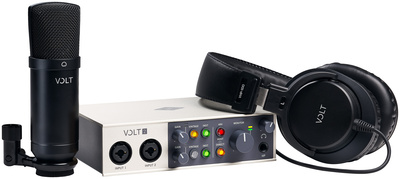

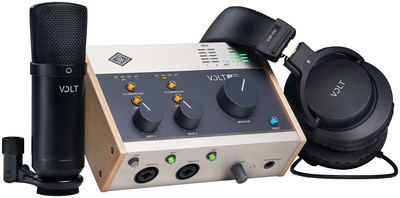
The interfaces are compatible with macOS, Windows and iOS/iPadOS. Android is not supported.
More information about the Universal Audio Volt series
Video
You are currently viewing a placeholder content from YouTube. To access the actual content, click the button below. Please note that doing so will share data with third-party providers.
(*affiliate link)
2 responses to “First Look Review: Universal Audio Volt 2 and Volt 276 interfaces”

 5,0 / 5,0 |
5,0 / 5,0 | 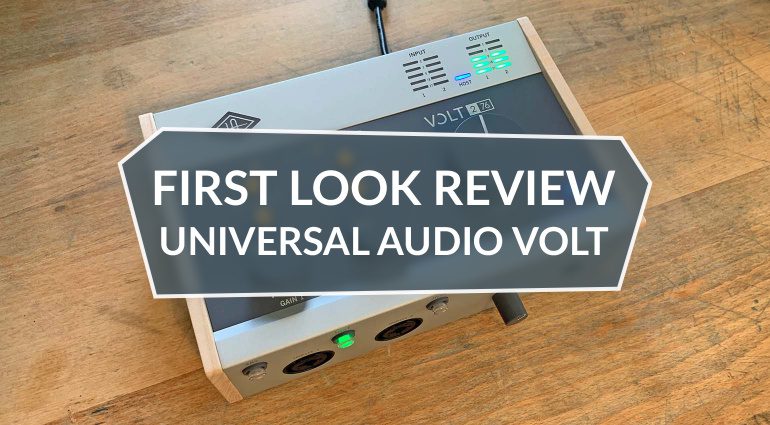

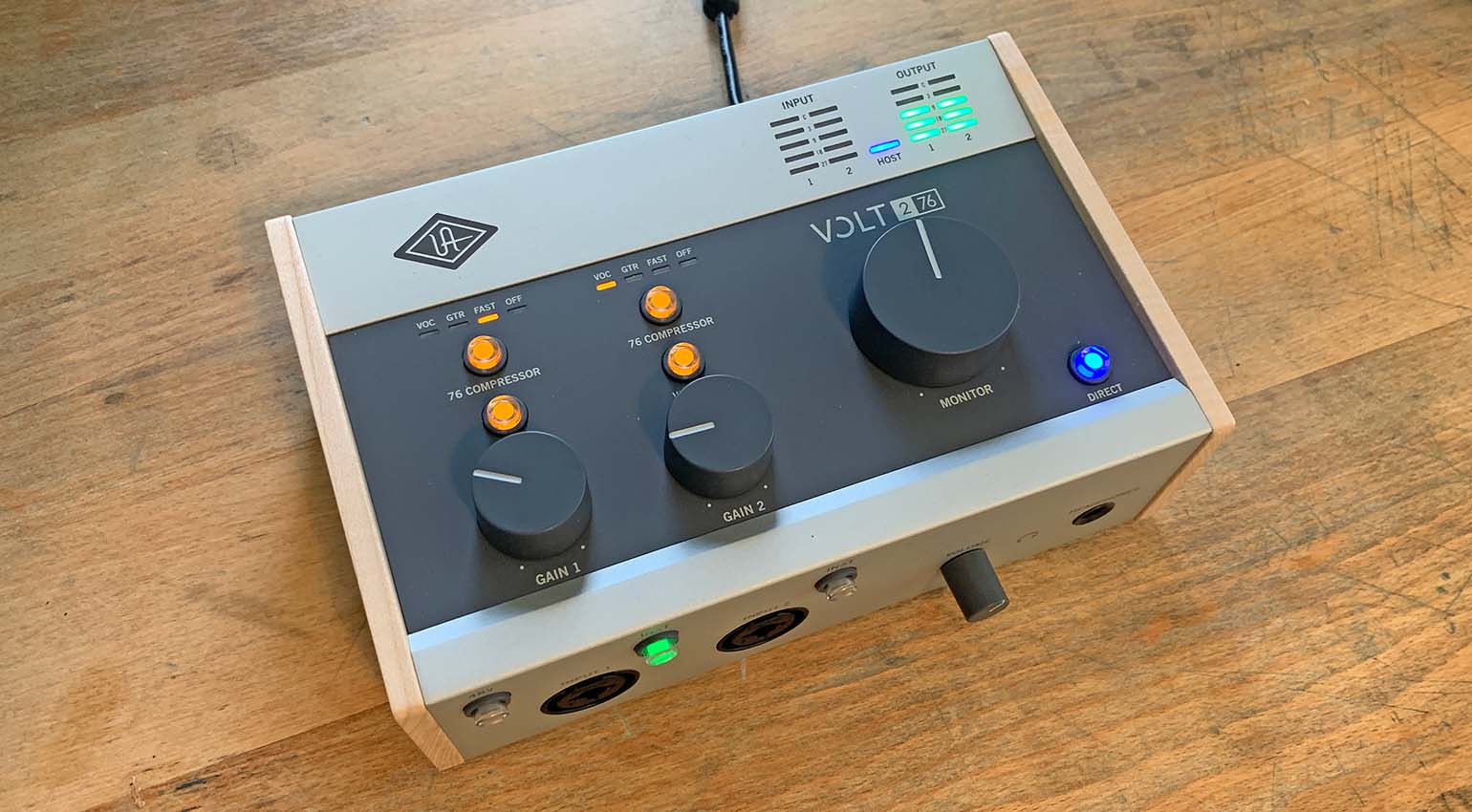
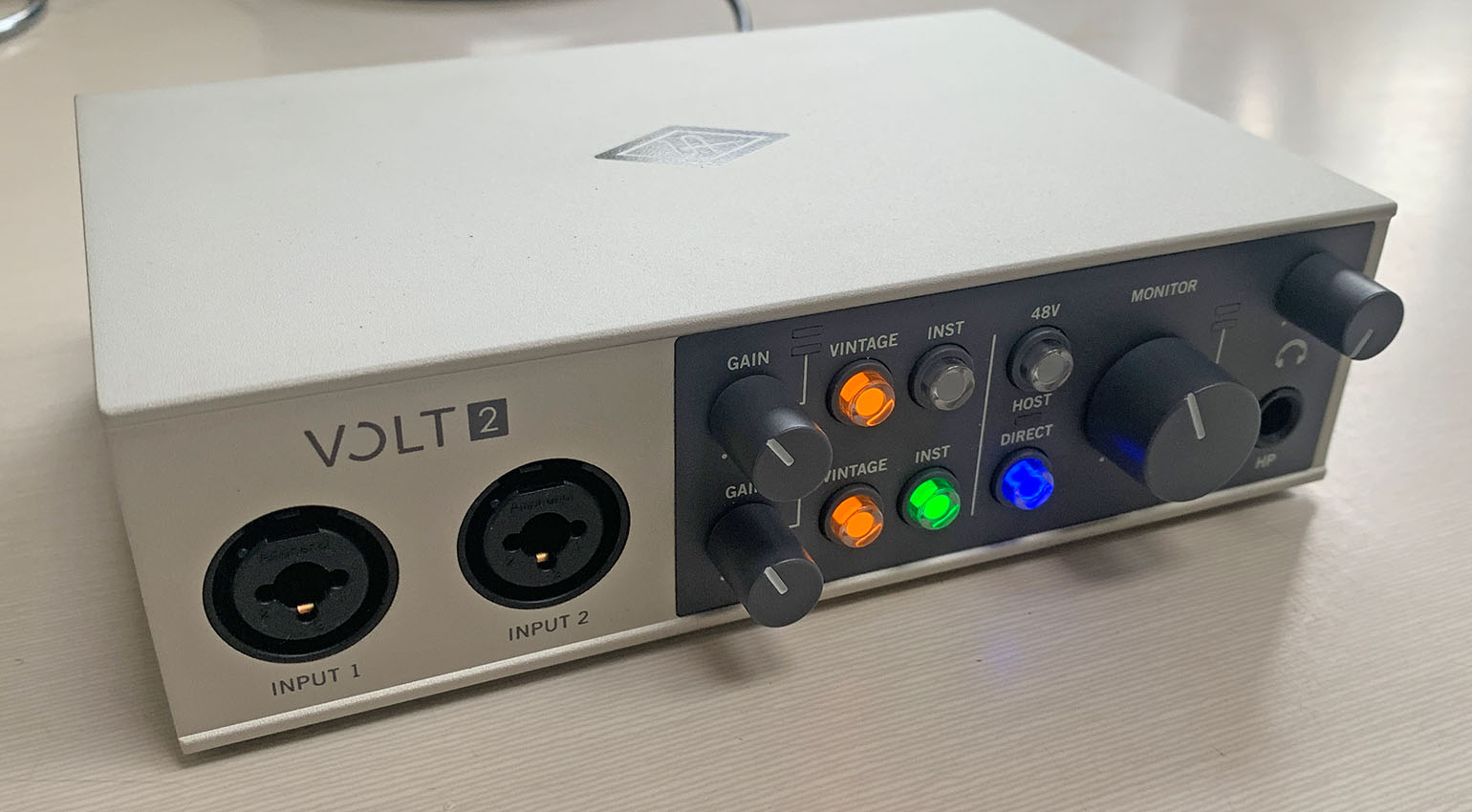
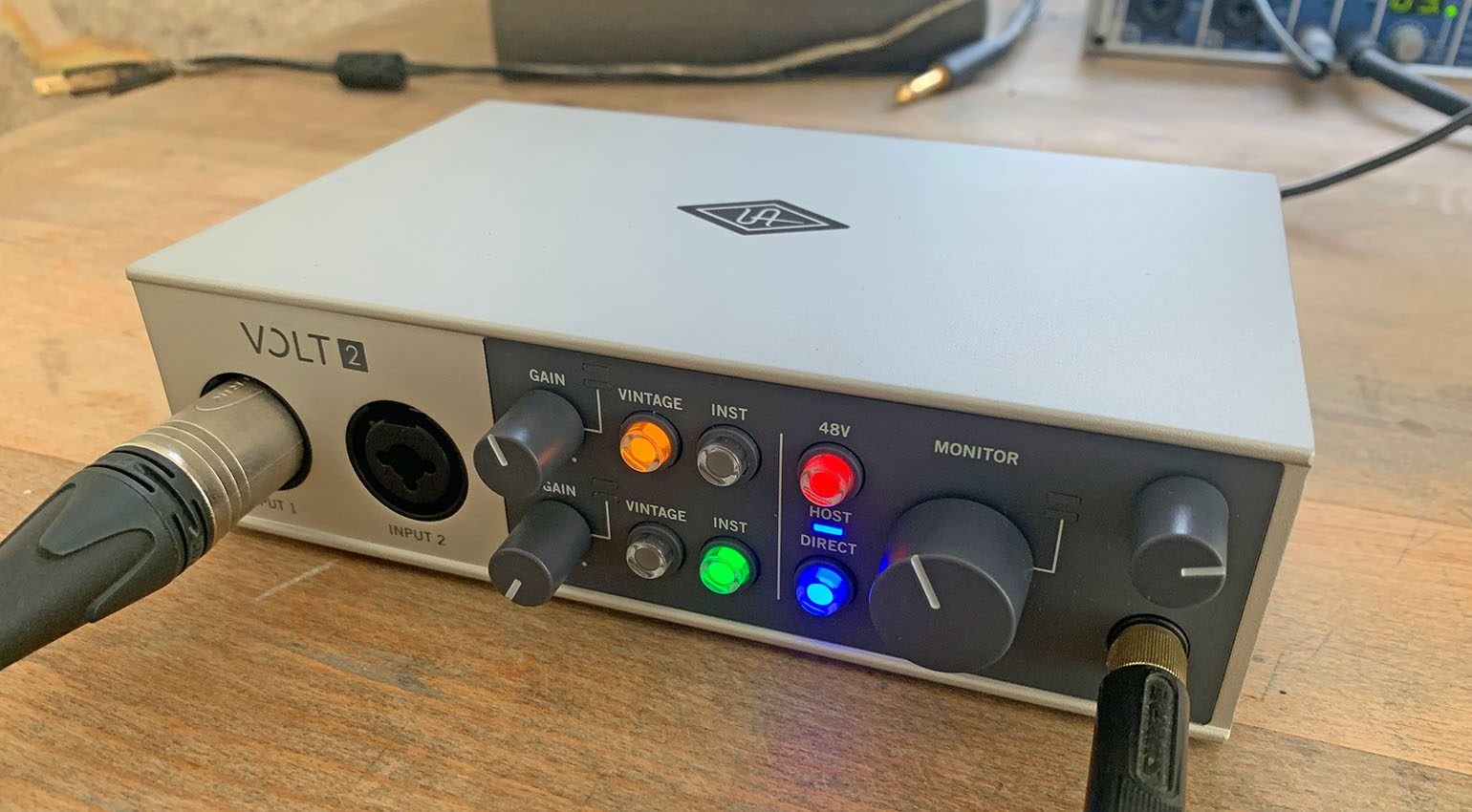
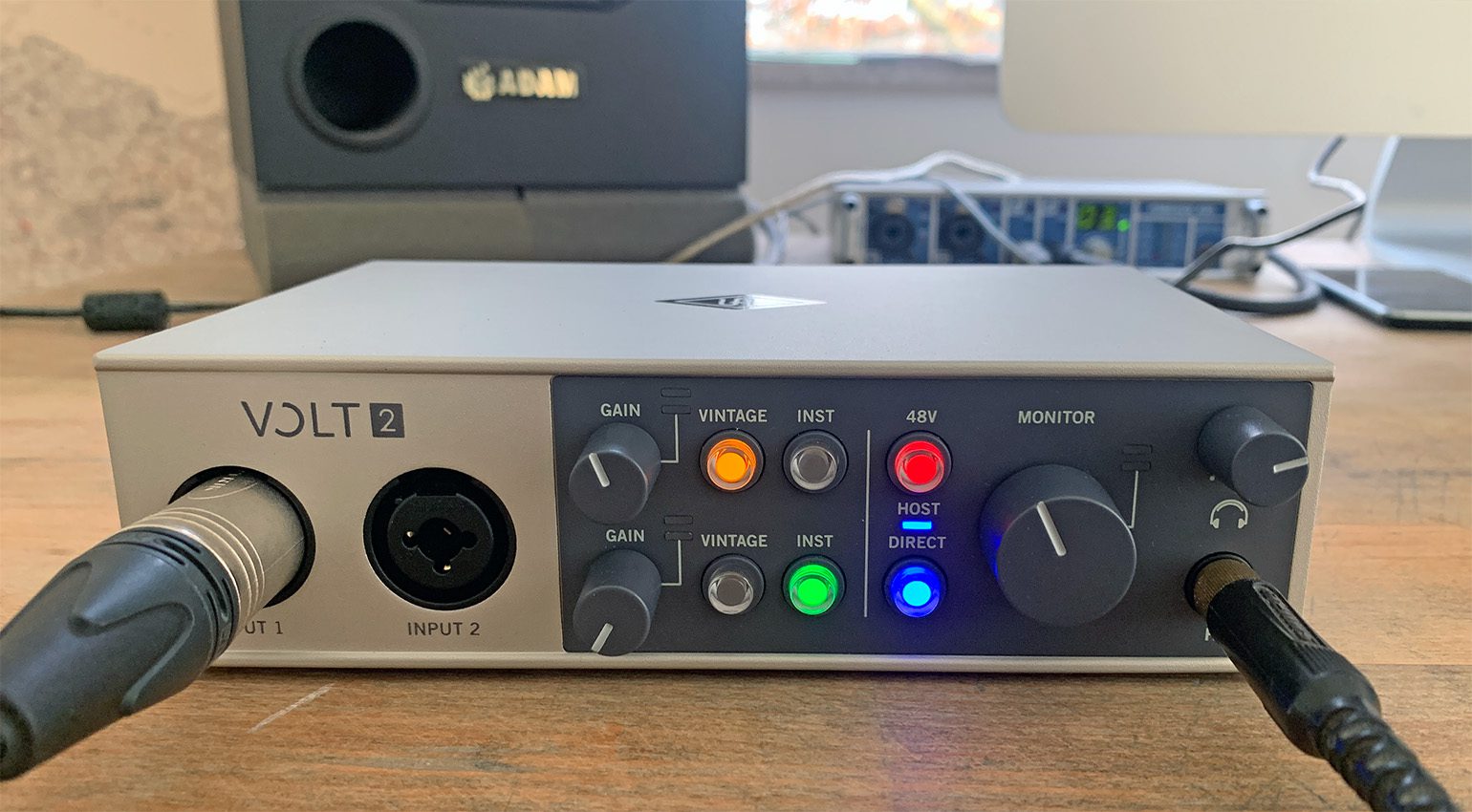
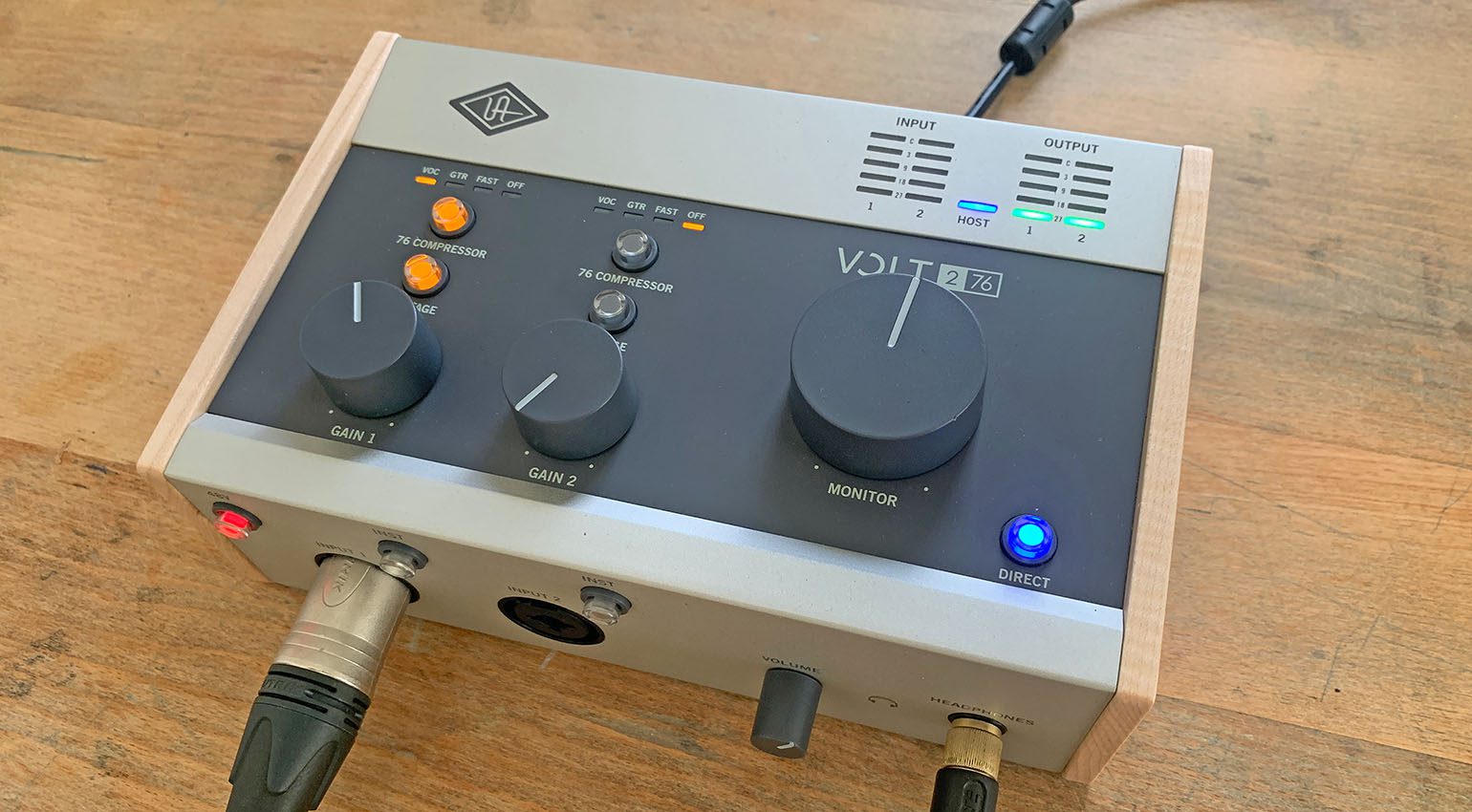
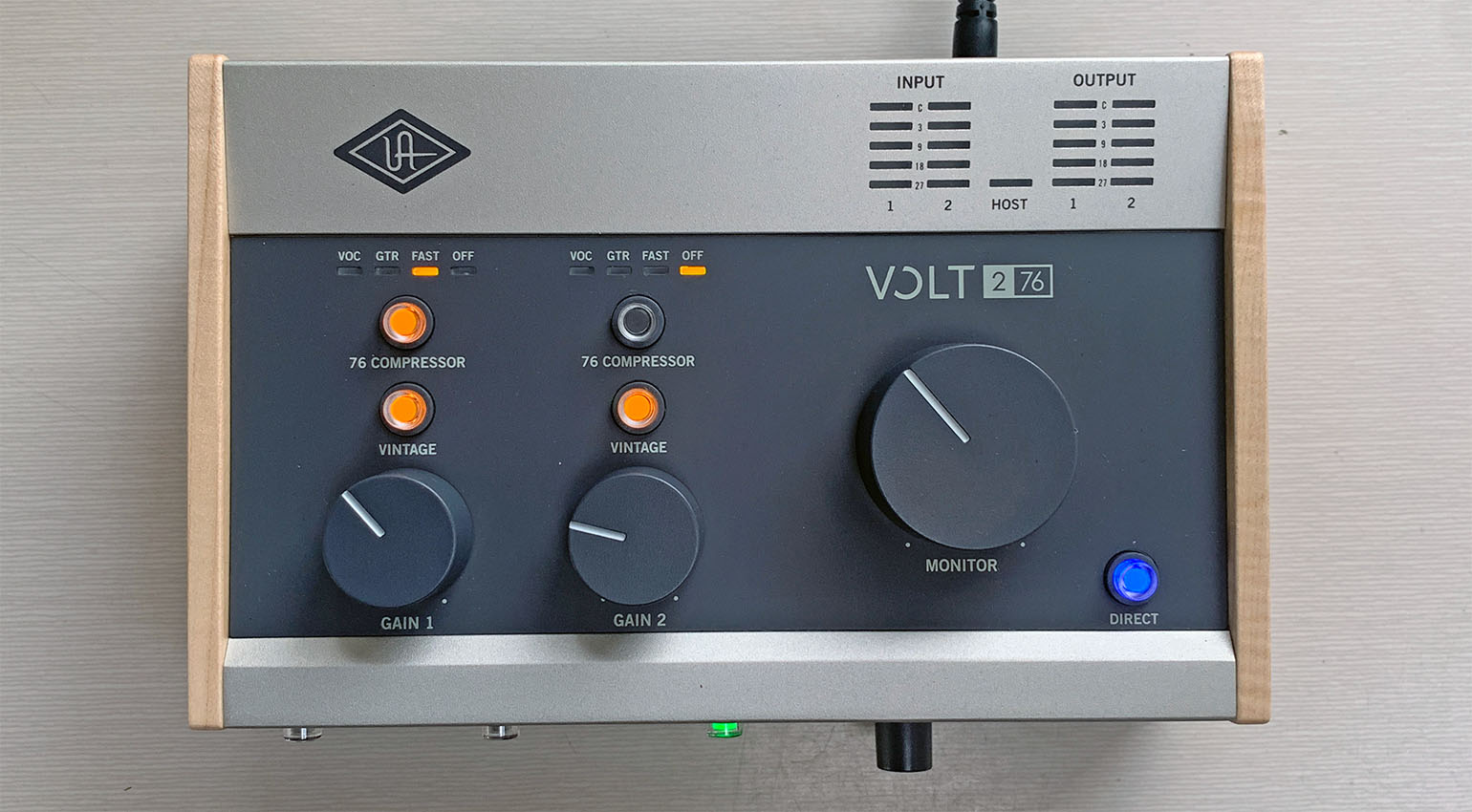
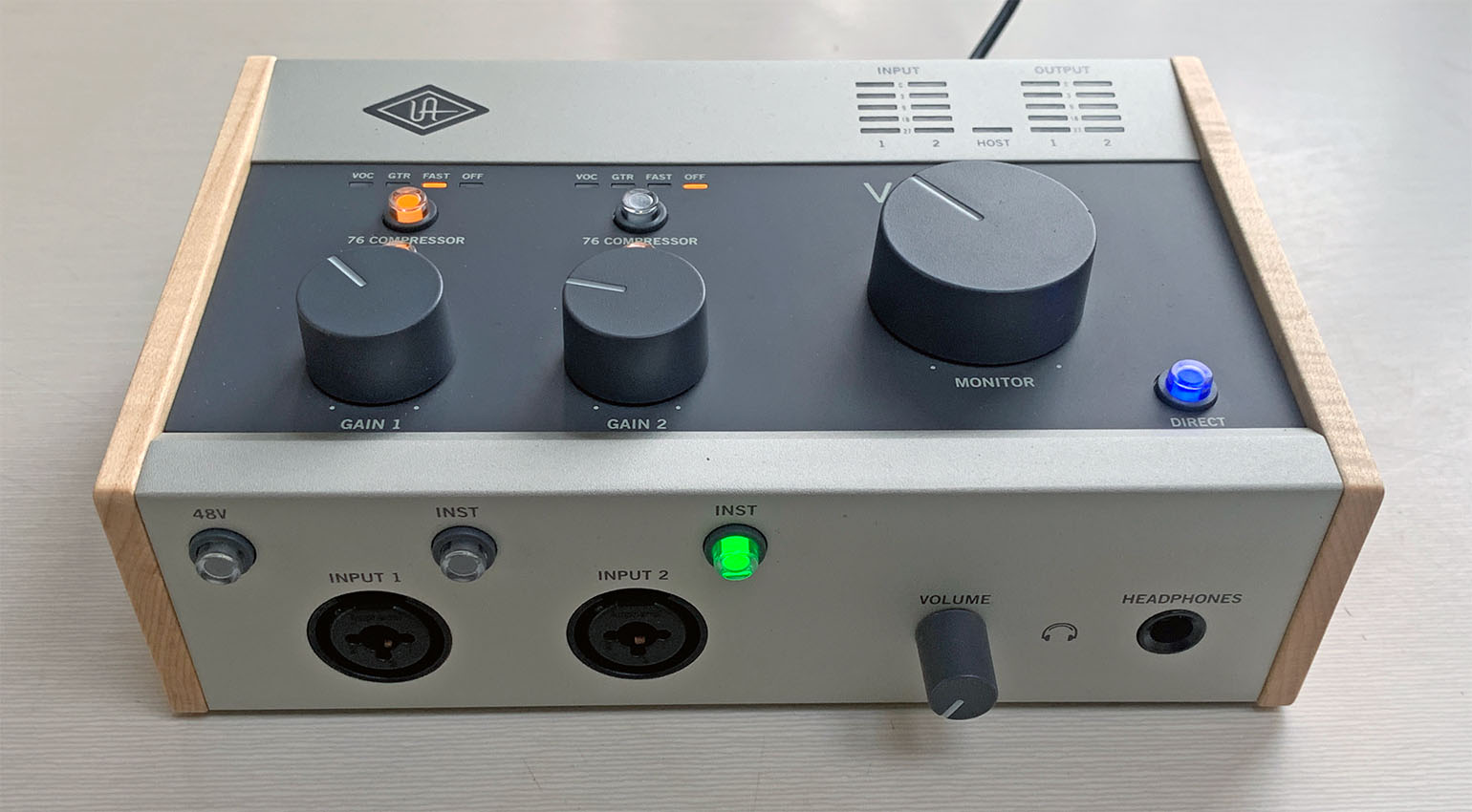



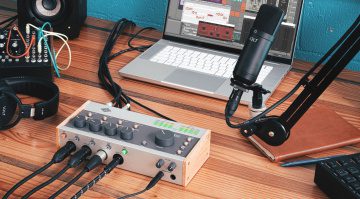

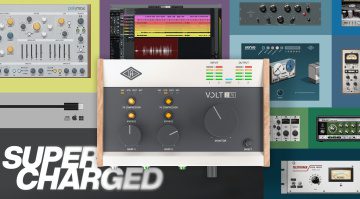
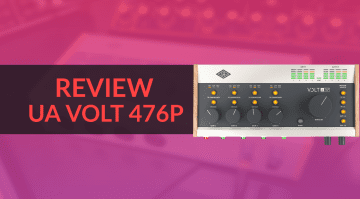

Very similar pricepoint? There’s a 30-40% price gap with a few of the competitors you’ve named.
Returned a Volt 476 as the Windows drivers sucks, crackles and pops, device power cycles and other weird things happening… Very disappointed!